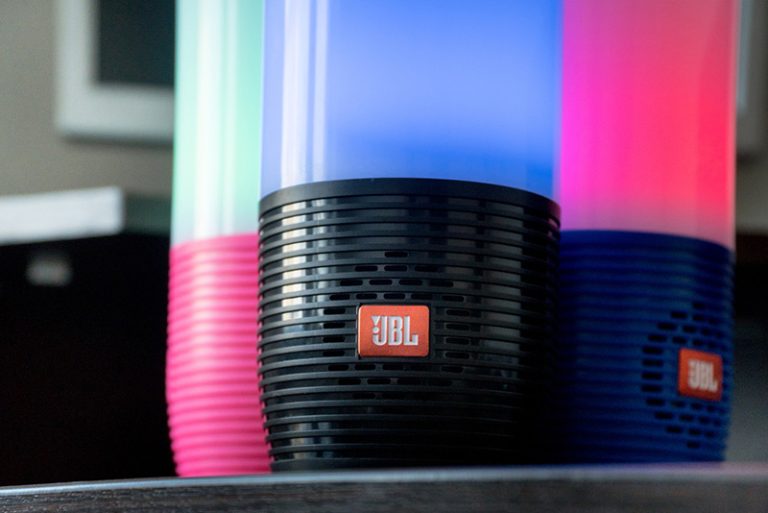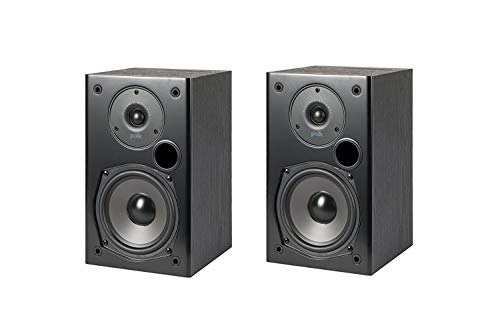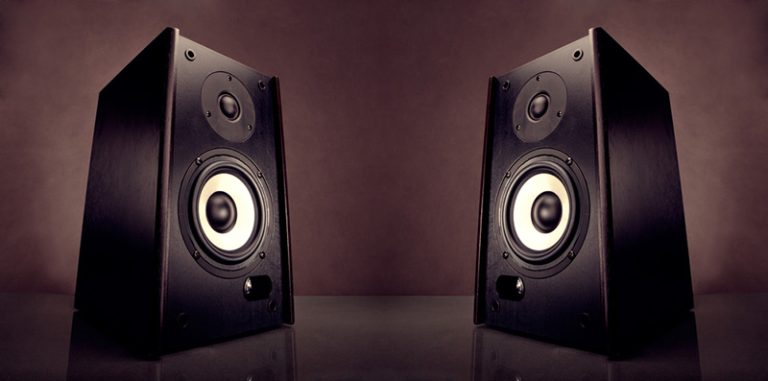How To Set a Good Crossover Frequency for Speakers
Crossovers are a vital part of any sound system that sounds great. Unfortunately, learning what crossovers are and how to set them up can be confusing because of all the unfamiliar terminology. How do you set a good crossover frequency for a speaker system?
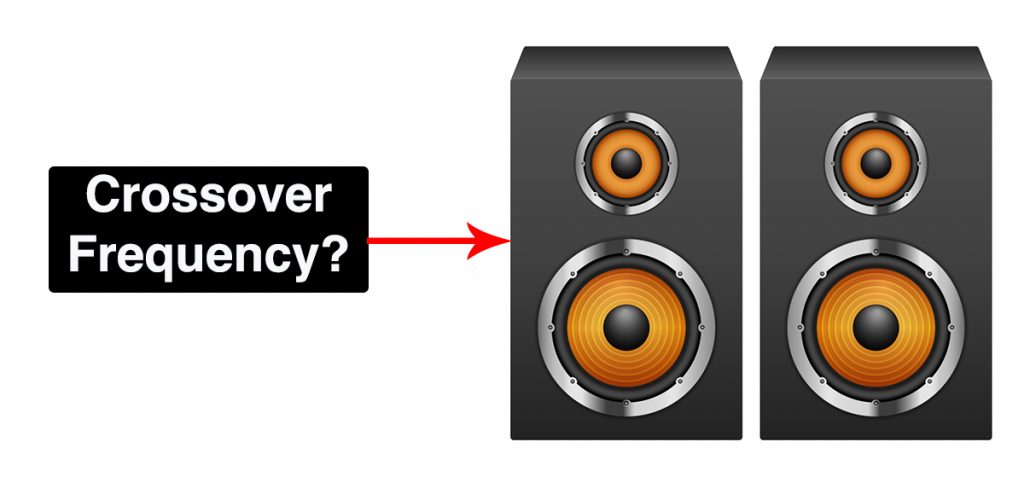
Here’s how to set a good crossover frequency for speakers:
- Determine your crossover frequency.
- Decide crossover type.
- Decide if you need high-pass, low-pass, or band-pass.
- Determine what crossover slope you need.
In this article, I’ll be explaining what crossover frequencies are and what types of crossovers there are. I’ll also discuss how to set the perfect crossover frequency for your specific speaker setup.
Also read my Subwoofer Crossover Settings Guide
Why Crossover Frequency Is Important
Crossover frequency is the precise frequency at which the speakers will reduce volume and send it elsewhere. At its essence, a crossover is a filter for sound.
The filter phases out sound above or below the set frequency. It’ll then send speakers the frequencies they play the best. This is necessary because no speaker can play every band of audio frequencies equally. Speakers need to be constructed differently for high or low-frequency bands.
A subwoofer will primarily play bass, while main speakers will play medium and high notes. Tweeters are for playing very high notes and have comparatively low power requirements – this is why you’ll see tweeters appearing much smaller than other speaker types.
By adjusting the crossover for the subwoofers, you effectively remove the bass from the main speakers.
Moving the bass to the subs will allow the main speakers to play more clear and crisp mids and highs – if you hadn’t set a crossover frequency, the sound would be all mixed and muddled. At, say, 80Hz, the subs would take over the bass for the main speakers. Thus, you get a better audio experience overall.
Understanding Crossover and Gain
Gain is yet another term you may have come across and is just a fancy way of saying volume. Gain, however, is integrally related to crossover. Higher crossover frequencies generally require lower gain, mainly on subwoofers.
Adjusting your gain to match your crossover is key to achieving quality sound from your setup. If you raise your frequency too high and don’t lower the gain, the sound will begin to sound odd.
On the other end of the spectrum, lowering the crossover means you need to raise the gain. In the former case, your sound will be too ‘thick’ or ‘rich.’ In the latter case, you may notice a mechanical or ‘crisp’ tone to the sound.
Gain and crossover have an inverse relationship, meaning that if you adjust one of them, the other has to be adjusted accordingly.
How To Set A Good Crossover Frequency for Speakers
To set a good crossover frequency, you have to figure out more than just the frequency: you need to know the crossover type, what pass type you need, and what crossover slope you need for your system’s ideal performance.
Determine Your Crossover Frequency
What qualifies as a good crossover frequency for your specific speaker system depends on the types of speakers in your setup. For example, a setup with a central speaker and a subwoofer would need a lower crossover frequency than a setup that has several tweeters.
In the former scenario with a subwoofer, 80Hz is a good crossover frequency to start with, though up to 120Hz is acceptable. It’ll allow your subwoofer to blend with your central speaker’s sound while highlighting the bass of the sound. This is assuming the music you play has a significant amount of bass, of course.
Tweeters have a much higher ideal crossover frequency in the range of 2,000 to 20,000Hz, depending on your specific needs.
I’d specifically recommend between 3-3.5KHz, meaning 3,000-3,500Hz. This will help you take full advantage of your tweeter’s capabilities without sacrificing sound quality or volume. 80Hz 5,000Hz would be more suitable if you have a band-pass crossover, which we’ll learn about later.
You can run a more midrange system at a crossover frequency of 80Hz without sacrificing any sound quality. Indeed, 80Hz is often considered an industry-standard crossover frequency for most midrange stereo systems.
Decide Crossover Type
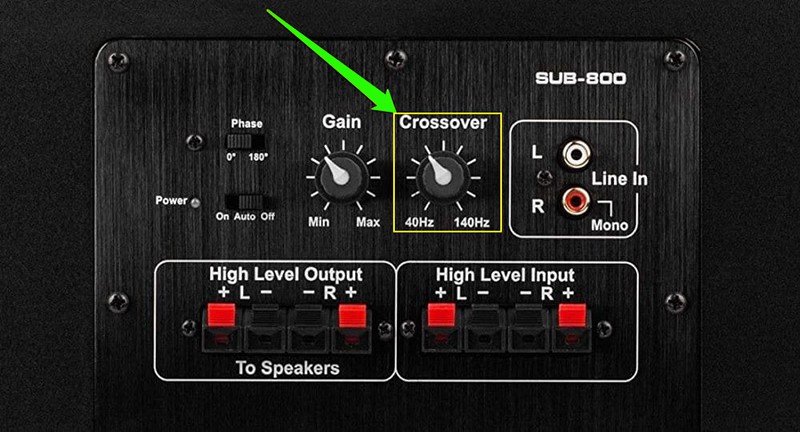
Most AV systems have a crossover to optimize the speaker system’s output, but the exact type of crossover varies. There are different types of crossovers for differing needs.
Crossovers are divided into three types: passive, active, and passive components. Each type acts as a kind of audio filter that sends each type of speaker the audio frequencies it reproduces best.
The difference between these types is where it sits in the audio process and how it’s powered. There are also hybrid crossovers where both passive and active crossovers are used within a single system.
Passive Crossover
Passive crossovers are usually set within each speaker in a sound system before the amplifier. These crossovers are very cheap because they’re composed of electrical components like inductors and capacitors – typically, they’re part of a speaker’s internal wiring and electrical components.
Passive crossovers split the sound signal at a basic level and ‘tell’ the amplifier what frequencies to send to which speaker. They deal with what’s called ‘speaker level’ signals. This means it uses sound signals after amplification; a signal leaves the amp, where it hits the crossover.
The crossover splits the signal into suitable frequencies for the system – highs for the tweeters, lows for subwoofers, etc.
Passive crossovers require no special equipment or power considerations because they’re almost always part of the existing equipment. Cheaper systems typically use passive crossovers because they aren’t as expensive to manufacture or set up as active crossovers are.
The caveat with this is that subwoofers rarely use passive crossovers because the power needs would require very large inductors. Active crossovers are usually better for subs for this reason.
Passive crossovers make the sound of a speaker system good out of the box, but they don’t have any way to modify the individual channels or to equalize the audio. They are good for people who don’t want to tweak their sound system to get the best audio quality.
Active Crossover
Active crossovers are usually installed between the speakers and the amplifier, cutting out unnecessary ‘noise’ or signals that the amp shouldn’t waste power amplifying and sending to speakers.
Active crossovers are usually microchips pre-installed within systems, though active crossovers are sold separately for audiophiles to install within custom speaker setups. The type of speakers with their active crossovers are typically ones that need their power source – not the type that runs off of the amplifier.
You can usually tell if you have an active crossover installed within your system to make features like equalization possible. Equalizing the sound tweaks the settings of the active crossover.
Active crossovers also have a volume control on the individual channels so that you can modify each channel for the ideal audio balance.
Subwoofers, in particular, benefit from active crossovers because they’re more capable of handling the relatively large amounts of power needed for the sub to produce sound.
If you’ve ever had a home stereo system with lots of volume and equalization controls, you had an active crossover prewired within that system.
The main advantage of an active crossover is the ‘active’ control it gives the user. For a knowledgeable audiophile, active crossovers are the way to go.
On the other hand, the main disadvantage of active crossovers is that they require their separate wiring – a 12v connection, ground connection, etc. This is already done for the consumer in many high-end systems, though they are, of course, pricier than simpler setups with built-in passive crossovers.
Hybrid Crossover
Hybrid crossover is just a fancy term describing a system that uses passive and active crossovers to control the frequency bands.
For example, a setup with two audio channels may use an active crossover on one channel to regulate the frequency going to the subwoofer. Meanwhile, the other channel has a passive crossover to separate the woofer and tweeter frequencies.
These setups have some advantages of both types – whichever audio channel has the active crossover is customizable and can be equalized to your heart’s desire. The other audio channel can’t be tweaked like this but is automatically controlled by the passive crossover.
These setups can be handy if you only want to control, say, your subwoofer’s bass output, and don’t much care about tweaking with woofers or tweeters. For most people, this is the perfect balance of customization and out-of-the-box sound quality.
Decide If You Need High-Pass, Low-Pass, Or Band-Pass
Some other terms you may have come across when researching crossovers are the words low-pass, high-pass, and band-pass. This refers to exactly how the crossover divides frequencies up, and it depends on what type of speaker you’re regulating.
Here are the differences:
- High-Pass. It means it allows frequencies above the set frequency to the speaker(s).
- Low-Pass. It means that it allows only frequencies below the set frequency to go through to the chosen speaker(s).
- Band-Pass. It uses high-pass and low-pass, allowing frequencies above a set frequency and other frequencies below another chosen frequency.
Low-pass is commonly used in subwoofers because it cuts off frequencies that are too high at a higher rate, while high-pass is used in tweeters for its ability to regulate and cut off frequencies that are too low. Band-pass is used in midrange systems to play both high and low bands of frequencies with a balanced sound.
Another crucial factor is what crossover slopes are used, which is a whole other topic I’m about to cover.
Determine What Crossover Slope You Need
You may be wondering how a low-pass crossover determines how loud to play the music that’s slowly rising in frequency or tone. The answer lies within how your crossover slope is set.
The slope for a crossover determines how the sound is attenuated or reduced past the crossover frequency. This is measured in increments of decibels or dB. For example, a slope of 6dB steps would be much less steep than a slope with 12 or 24dB increments.
You’re probably wondering at this point whether a steep or gradual slope is better. Well, that depends, but for subwoofers and midrange speakers, 12dB will do the job.
For tweeters, you typically want a steeper slope, 24dB or higher. Most active crossovers use a 12dB slope by default for reference.
When Do You Need a Crossover?
You need a crossover when you have multiple speakers working together to play music or sound. This will ensure that each speaker only plays the specific audio frequency bands that it’s designed to reproduce. For instance, you wouldn’t need a crossover with just one speaker.
Crossovers are included in virtually all speaker setups, whether passive or active/electronic. They’re essential in directing the sound, if you’ll, to the proper speakers best suited to play a particular band of frequencies.
The Significance of Drivers
Driver is a term that gets thrown around a lot, but it’s not a synonym for speaker, as some mistakenly believe. Rather, it means the individual speakers inside what we call a speaker.
Do you know how big speakers have several openings where the sound is expelled? Each of those is a driver.
Drivers are significant because a single midrange speaker will usually have three drivers – a tweeter, a woofer, and a midrange speaker. Tweeters are small because they require the least space or air to produce their signature high-pitched tones.
Woofers or subwoofers are large because low-frequency sounds need a lot of air movement, and therefore space.
What Crossover Types Are Best?
An active crossover is the best type for people who want to change equalization settings and audio channel volume. If you want to just plug your speakers in and get good sound quality, included passive crossovers work great. There’s not a single ‘best’ crossover for every situation.
Summary
While crossover and all the associated terminology is a little confusing at first, it’s all about directing the sound to the speakers most capable of playing it. For most systems, a crossover frequency of 80Hz will allow it to play great-sounding music.

